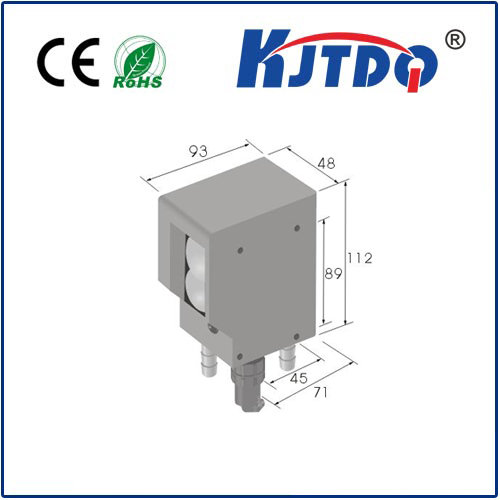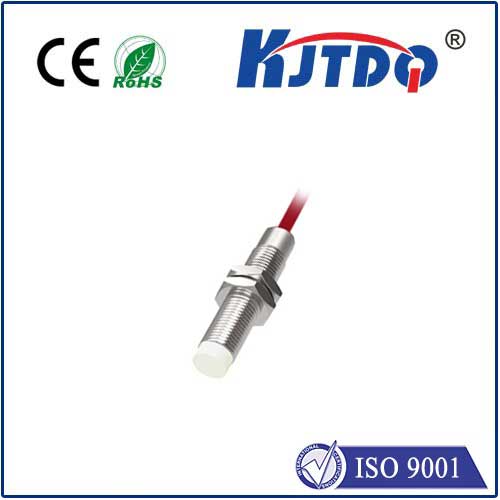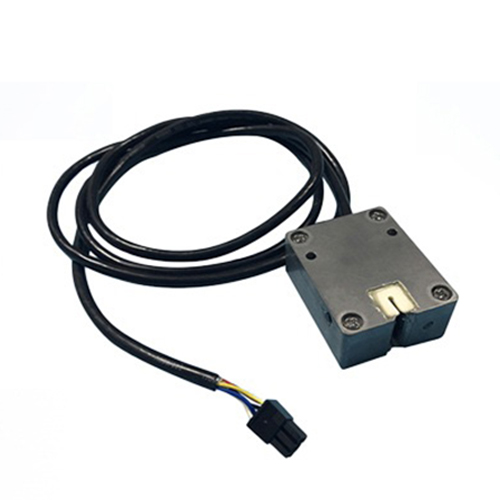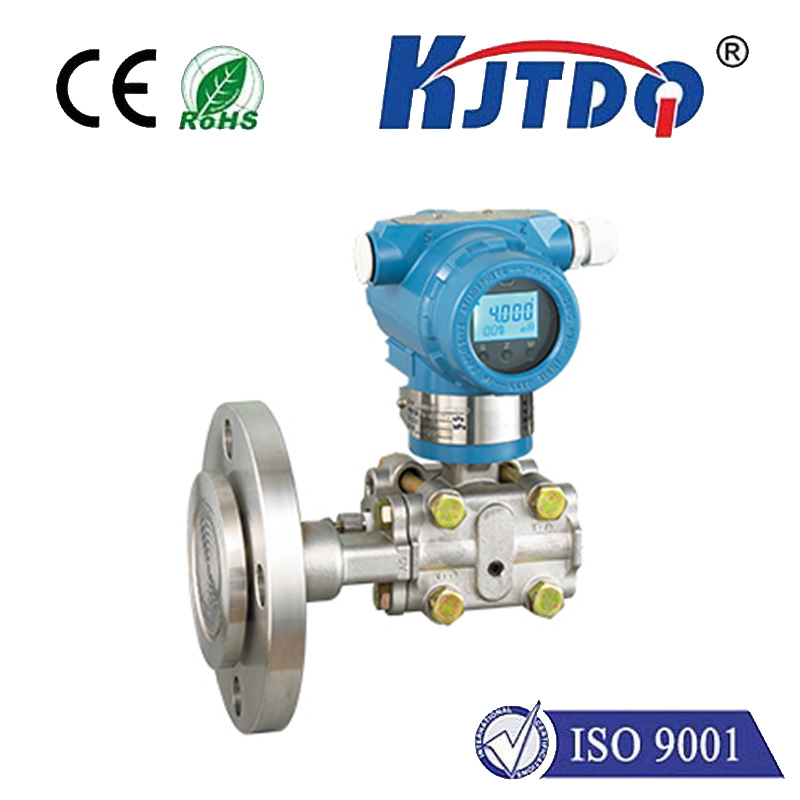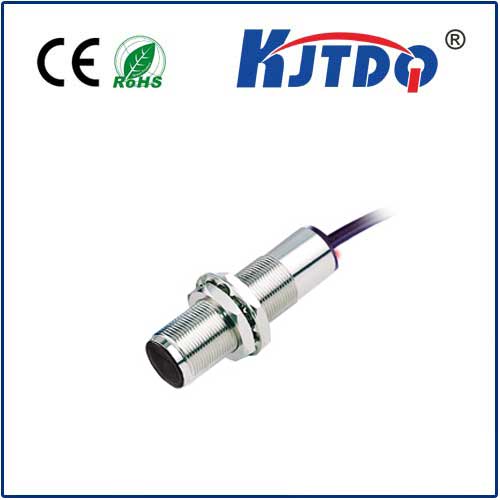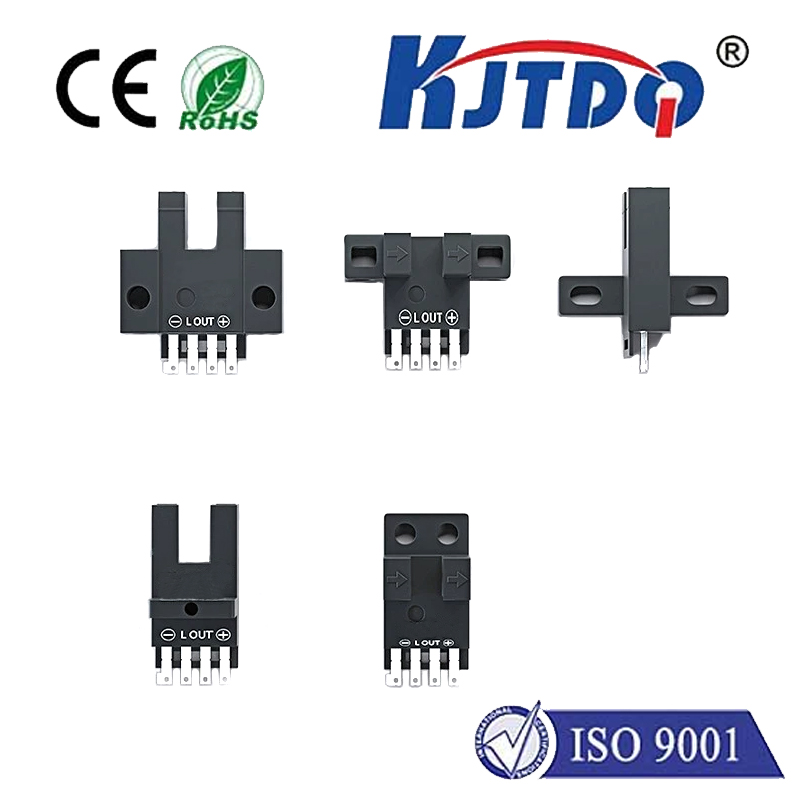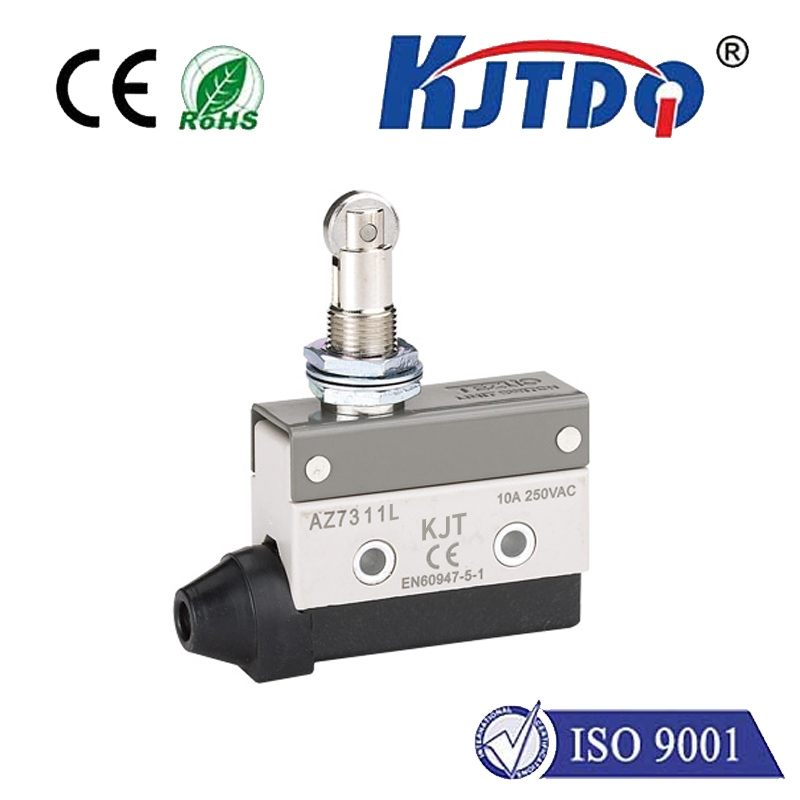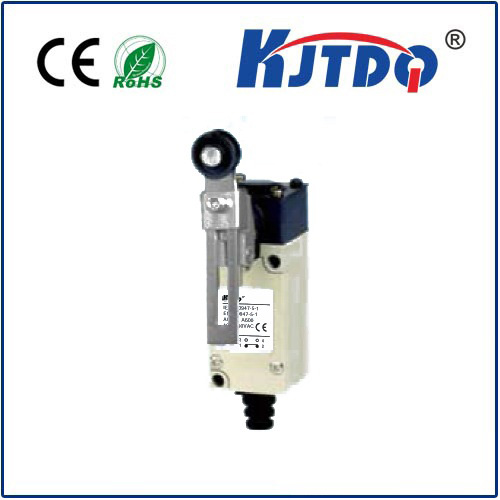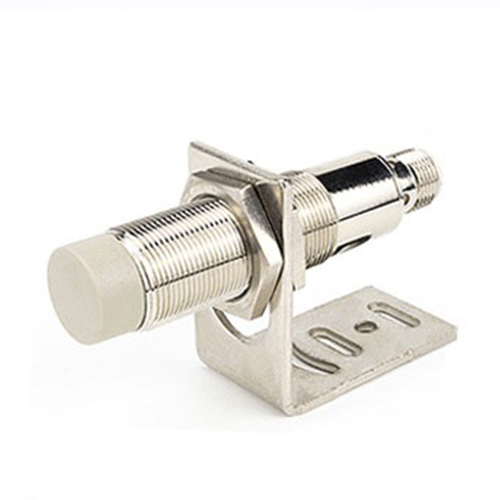

check

check

check

check
Imagine a critical hydraulic system operating under immense pressure, thousands of PSI surging through hardened steel lines. A component shifts minutely, unnoticed. The consequences? Catastrophic failure, costly downtime, potentially hazardous situations. In these unforgiving realms where standard sensors falter, the BES04RH high pressure proximity sensor stands as a vital sentinel. Engineered specifically for applications where pressure isn’t just a factor, but the defining challenge, this robust sensor provides unwavering, non-contact detection where it matters most. It’s not merely a sensor; it’s a specialized defense mechanism against the inherent risks of high-pressure operation.
Standard proximity sensors excel in countless industrial tasks, detecting the presence or absence of ferrous (iron-based) metal targets with remarkable precision and reliability. However, their Achilles’ heel often lies in environments subjected to exceptionally high, constant, or pulsating pressures. Think hydraulic power units driving massive presses, injection molding machinery, offshore oil & gas equipment, high-pressure test rigs, or deep-sea applications. In these settings, conventional sensors can deform, leak, suffer compromised electronics, or deliver erratic signals due to the sheer force exerted upon their housings and internal components. Reliability becomes paramount, yet elusive.

This is the domain where the BES04RH high pressure proximity sensor truly shines. Its core design ethos revolves around uncompromising resilience. Unlike its standard counterparts, the BES04RH incorporates critical features engineered to withstand these punishing conditions:
So, what does the BES04RH actually do? Its primary function remains fundamental proximity sensing: detecting the presence or absence of a ferrous metal target without physical contact. However, it performs this task under conditions where standard sensors simply cannot survive or provide reliable data. Key applications demanding this level of resilience include:
Choosing the BES04RH isn’t just about sensing; it’s about investing in operational security and uptime. Its key advantages translate directly to the bottom line:
Integrating the BES04RH high pressure proximity sensor typically follows standard inductive sensor practices in terms of electrical connections (like PNP/NPN outputs, M8/M12 connectors) and mounting (threaded barrels). However, its defining characteristic is its environmental rating. Specifications will explicitly state its rated pressure resistance, often in bar, PSI, or MPa (e.g., 400 bar, 5800 PSI, 40 MPa). This rating is absolutely critical and must be carefully matched to the peak operating pressure, including any potential pressure spikes or surges within the specific application. Exceeding this rating compromises the sensor’s integrity and voids its performance guarantees. Matching its IP rating (Ingress Protection) to environmental contaminants like water or oil is also essential.
In the relentless world of high-pressure industrial automation, component failure isn’t just inconvenient—it can be economically devastating or hazardous. The BES04RH high pressure proximity sensor addresses this challenge head-on. It transforms a fundamental sensing task into a bastion of reliability precisely where pressure threatens to undermine it. For engineers and designers specifying sensors for hydraulic systems, heavy presses, deep-sea operations, or any environment defined by extreme pressure, the BES04RH isn’t merely an option; it’s often the only viable solution. Its robust construction, pressure-tight engineering, and proven performance deliver the dependable, non-contact detection required for optimal control, safety, and operational efficiency under the most demanding conditions. When pressure is the enemy of reliability, this specialized sensor provides the necessary defense.
